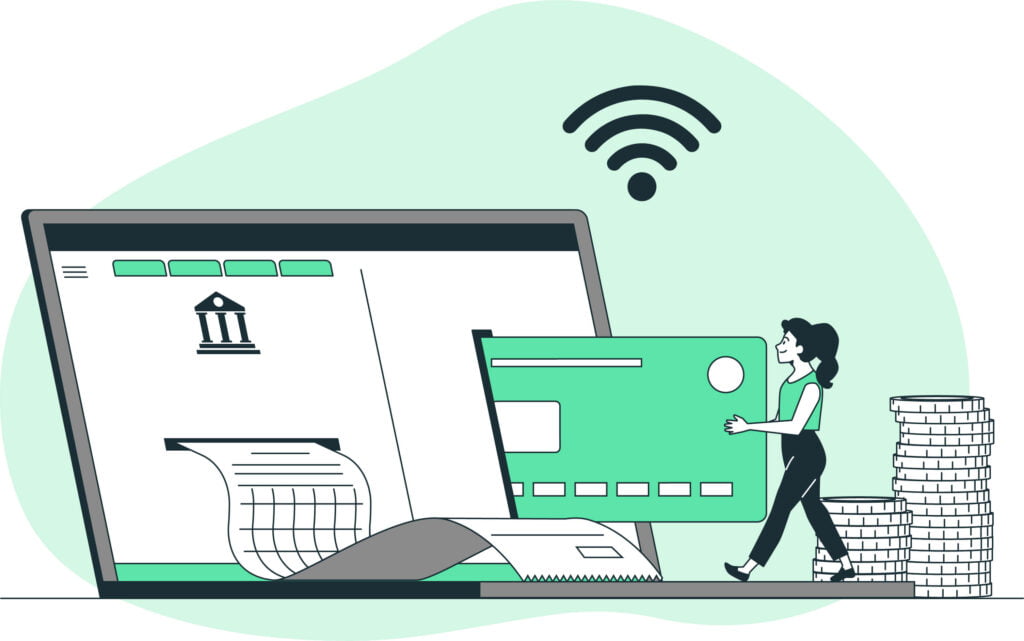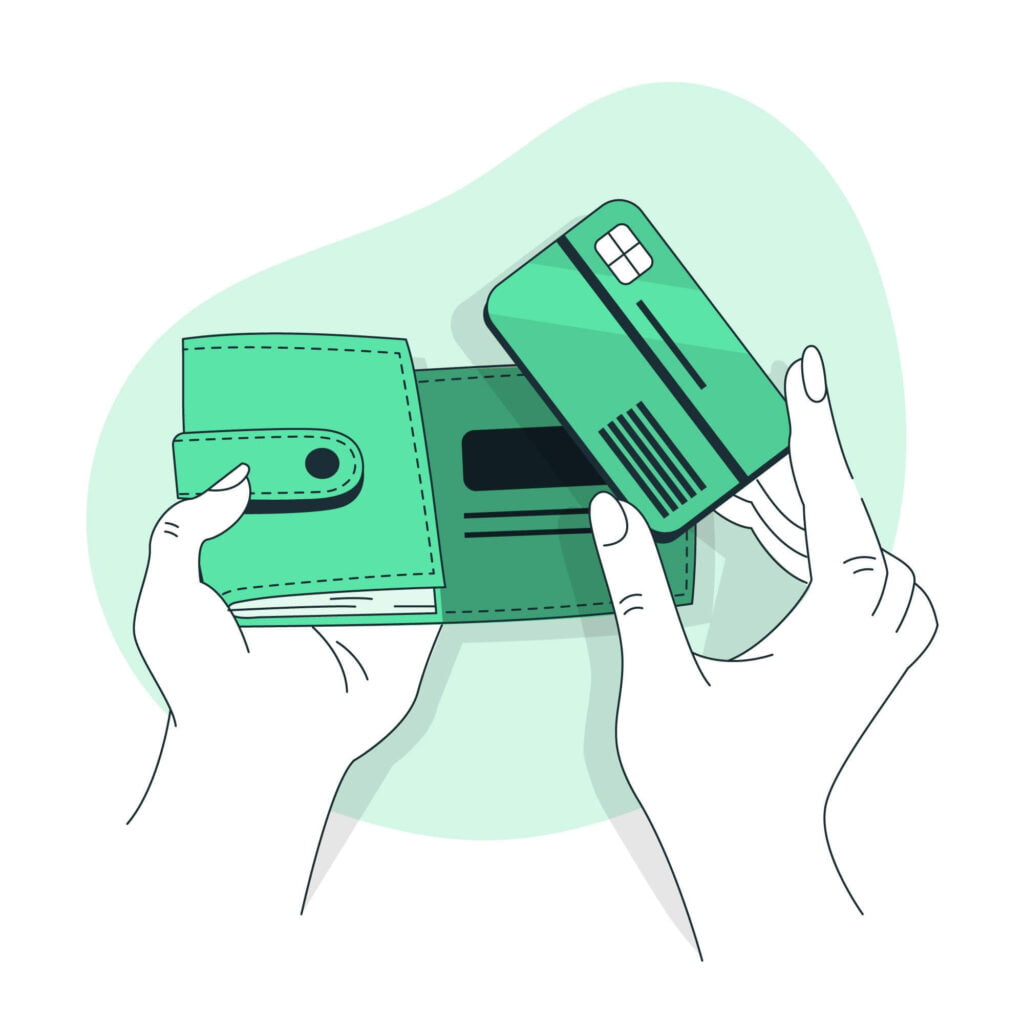The main purpose of the payment platform is to ensure efficient payment of goods or services in your e-mail. in the store. It is important to understand how these systems work and why they are important to your email. for store operations.

Operating principles and importance of payment platforms
The main purpose of the payment platform:
The main purpose of the payment system is to provide a convenient and safe opportunity for customers to make payments for goods or services purchased by e-mail. in the store. This system is a key component that allows buyers to choose payment methods and successfully complete transactions, which is essential for e-commerce. part of the store operation. It is important to understand the principles of its operation and how they meet the needs of customers and the goals of the store.
Importance of choosing a payment platform:
The importance of payment options is related to customer convenience and e-commerce. store profitability.
Choosing the right payment system is important for customer convenience, as it allows customers to choose the preferred payment method that suits their needs and tastes. Providing a wide range of payment options such as credit cards, e-banking, PayPal, bank transfers or alternative payment methods can help customers feel more comfortable and confident in their purchases.
It is also important to choose the right payment system in order to increase e-commerce. store profitability. A well-designed and user-friendly payment system can promote purchase conversion, as a convenient payment process can lead to more orders and returns from customers in the future. So, choosing the right payment system can significantly increase your e-commerce. store success and customer satisfaction.
Types of payment platforms and their functions
Domain-specific elements are the specific components that make up a domain name and its identification on the Internet. In this section, we will examine the basic elements that make up the structure of a domain.
The most popular payment methods:
The most popular e-payment methods in stores:
Bank payments: The most popular and frequently used payment method in Lithuania. Bank payment is a payment method that allows the customer to make a payment directly from their bank account to the seller's account. It is a reliable and safe payment method that is widely used in many other countries as well.
Credit and debit cards: It is also one of the most frequently used payment methods in the world, as it is one of the safest ways to make a payment. By allowing customers to pay with credit or debit cards from any country, which adds convenience and versatility to the store. This method is also often used to automatically deduct money from subscriptions or memberships.
PayPal: It is a widely used and popular service that allows customers to make payments directly from their PayPal accounts or through their bank accounts, without any direct use of a bank card.
Banko pavedimai: This method allows customers to pay via direct bank transfer. Buyers can transfer money from their bank account to the seller's account manually.
Alternative payment methods: This includes cash payments, transfers through electronic money systems or even cryptocurrencies. These may be more limited payment methods depending on the geographical location of the customers and their preferences.
These payment methods are widely used and allow customers to choose the payment method that best suits their needs, which can help increase purchase conversions on your e-mail. in the store. Accepting multiple payment options ensures a better customer experience and makes the payment process easier.
Features and capabilities of payment platforms:
The functions and capabilities of payment systems may vary depending on the selected platform and service provider. However, here are some of the most common features and options that most payment systems offer:
Accepting payments from different sources: Allows you to accept payments not only from credit or debit cards, but also from alternative payment methods such as PayPal, bank transfers, e-wallets, etc.
Payment security: Secure payment data and encryption ensure the protection of customer data and reduce the risk of fraud.
International payments: The ability to accept payments from all over the world, support different currencies and make purchases from other countries for customers.
Cash payment: Customers are given the opportunity to pay in cash when picking up goods at a physical point or via courier services.
Automated payment confirmation and cancellation functions: Automatic approval and cancellation functions make it easy to manage and process payments.
Payment reports and analysis: Enables business owners to track and analyze payments, generate reports, track trends and customer behavior.
Delivery: Integrated courier and mail delivery functions.
These features and capabilities help optimize the payment process, provide convenience for customers and ensure e- efficiency and safety of the store. It is important to choose a payment system that best suits your business needs and customer expectations.

Technical capabilities of payment platforms
Compatibility:
The compatibility of the payment system is a crucial aspect when choosing this system for e-commerce. in the store. Compatibility refers to how well the payment system fits and works with the platform or email you are using. store software (eg WooCommerce).
It is important to choose a payment system that is compatible with the technology you use and is suitable for your business needs. That includes:
Platform integration: The best payment systems usually have various integrations to make it easier to add or configure a payment service to your existing email. in the store.
Plugin or API support: Some payment systems can be easily implemented via plugins (without programming) or have an API (programming interface) that allows more customization and implementation of features.
Compatibility with more than one payment source: It is important that the payment system you choose is compatible with many payment methods, including credit/debit cards, PayPal, bank transfers and others.
Customer experience: Compatibility also determines the customer experience – the simpler and smoother the checkout process, the better.
When choosing a payment system, it is necessary to pay attention to the compatibility with your existing e-mail. store infrastructure. Compatibility ensures that the payment system will work stably and efficiently, which is essential for successful e-commerce. part of the store.
Technical integration options:
Technical integration options for payment systems may vary depending on the selected platform and payment service provider. However, here are some common technical integration options:
API access: Most payment systems provide API access that allows programmers to embed and customize the payment system according to their needs. APIs can allow you to manage payments, receive reports, or even automate certain processes.
Sandbox testing environment: It is a simulation environment where you can test the payment system without real transactions. This allows you to see how the system works without real money, avoiding possible errors.
Documentation and technical support: Good payment service providers provide comprehensive documentation to simplify the integration process. They can also provide technical assistance and support to help with integration issues.
Payment flow management: It allows you to manage your payment flow, such as making refunds, viewing transactions, and collecting payment data to better understand customer behavior and payment status.
Network and application interfaces (webhooks and callbacks): These features allow you to receive automatic notifications about payment status, completed transactions and other important events so that you can respond appropriately to these events via email. in the store.
These are just some of the technical integration options that payment systems can offer. It is these options that can help you properly adapt the payment system to your e-mail. in-store and improve customer experience and business performance.
Payment platforms and prices
Fee and commission structure:
The structure of fees and commissions can vary greatly depending on the selected payment system and service provider. However, here are some general things to be aware of:
Fixed fees: Some payment systems charge a fixed fee for each transaction. It can be a certain amount, regardless of the value of the transaction.
Interest charge: Most payment systems charge a percentage of the amount of each transaction. This fee may vary depending on the service used or the size of the client.
Additional fees: In addition to fixed or percentage fees, there may be additional fees for certain services or features, such as return processing, international payments, conversion fee, etc.
Commission fees: Some payment service providers may charge additional commissions for special services such as payment review, chargebacks or additional support.
It's important to carefully read and understand a service provider's fee and commission structure to predict how much each transaction will cost and how it will affect your bottom line. It's also a good idea to look into special discount rates if your e-mail address is available. there will be many transactions in the store.

Payment platforms
PayPal
Stripe
Paysera
Makecommerce (Maksekeskus)
Opay
Montonio
Montonio - smooth payments, returns and delivery service for online stores will help reduce costs and increase revenue. The platform that has the lowest fee per transaction, but applies a monthly fee if the customer has completed transactions that month.


